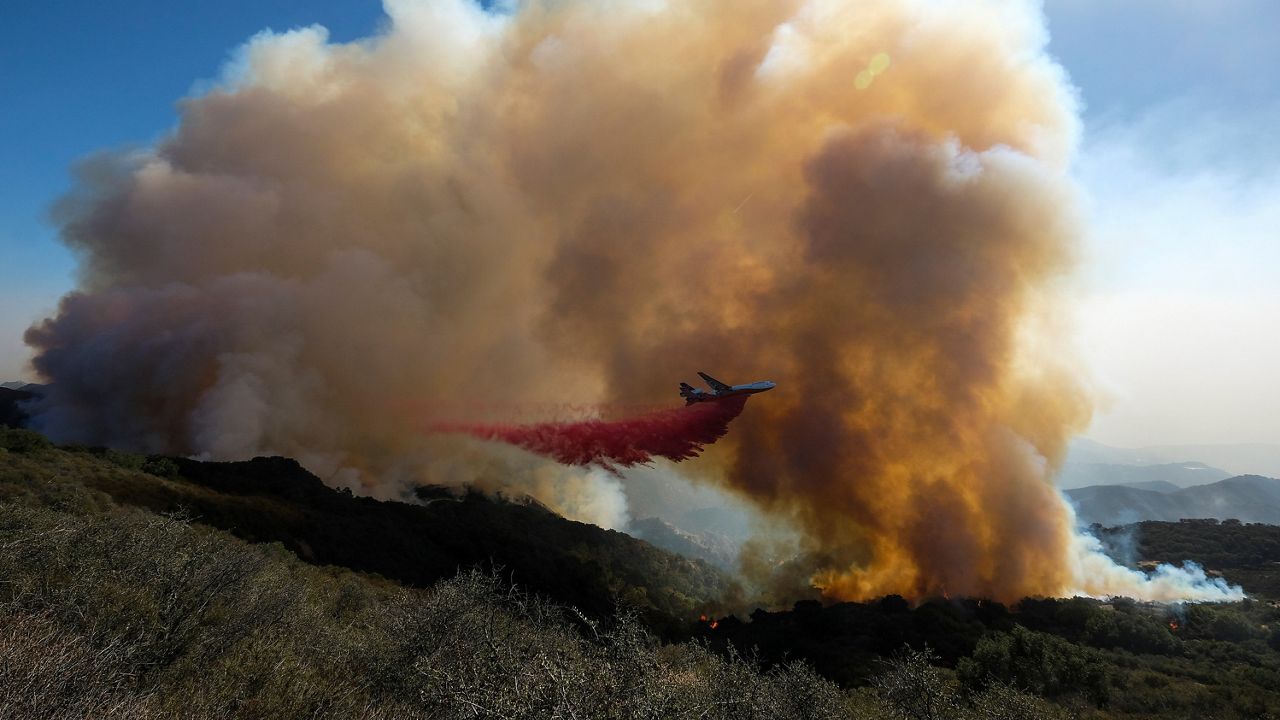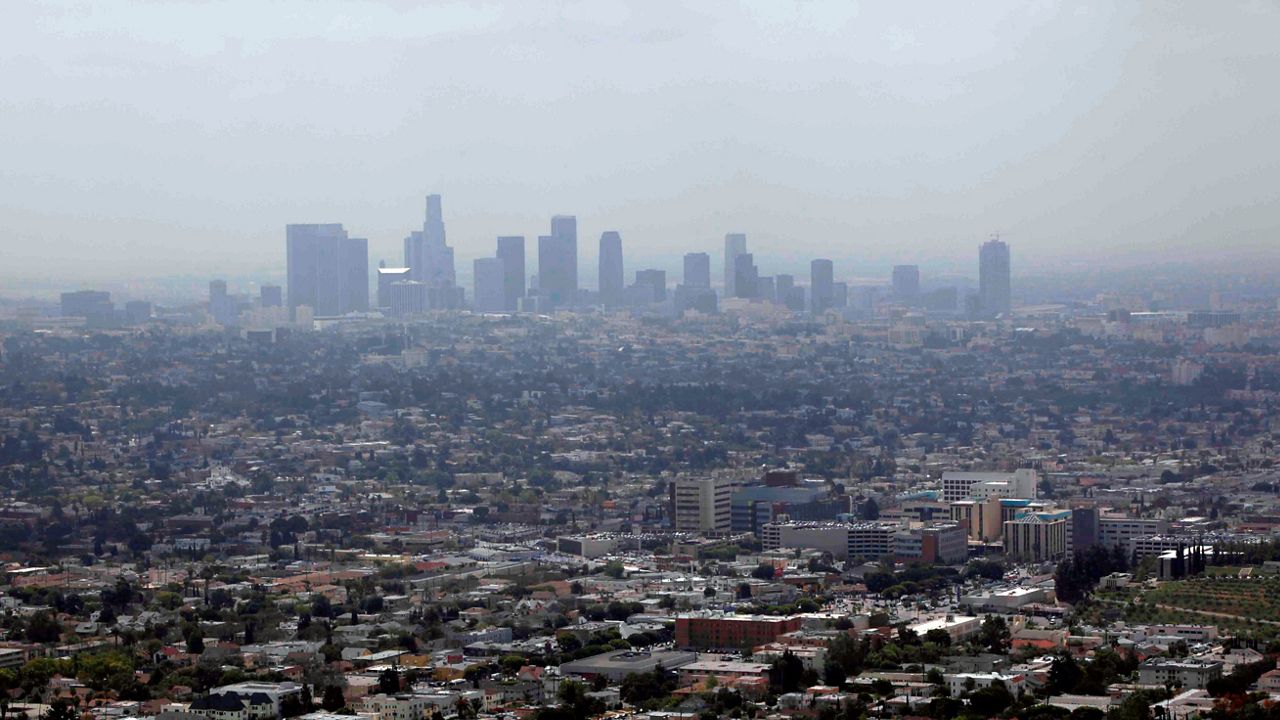More than a third of the forest fires that have burned the Western United States and Southwestern Canada in recent decades were a result of heat-trapping emissions linked with the production of fossil fuels and cement manufacturing, according to an analysis led by the Union of Concerned Scientists published Tuesday.
Thirty-seven percent of the 19.8 million acres burned by wildfires since 1986 in the West are linked with 88 of the world’s largest fossil fuel and cement companies, the report found.
“Over the last several decades, human-caused climate change has turned routine Western wildfires into exceptionally destructive events. Towns are turning to ash and livelihoods are being destroyed,” UCS principal climate scientist and report author Kristina Dahl said in a statement.
For its analysis, UCS used measurements of vapor pressure deficit, which determine the air’s ability to draw water from plants and soils. The UCS found that areas burned in California’s summer wildfires between 1972 and 2018 were a result of increased vapor pressure deficits.
California’s seven largest wildfires have taken place over the last five years, the analysis found. Between 2017 and 2021, emergency fire suppression cost the state more than $4 billion, while property losses from wildfires cost more than $21 billion, according to CalFire.
While Saudi Arabian Oil Co. and China Petroleum & Chemical Corp. are the largest oil and gas companies in the world, the United States is the largest fossil fuel producer globally, led by companies such as Exxon Mobil, Shell and Chevron. U.S. crude oil production was 11.9 million barrels per day in 2022, down from its peak of 12.3 million barrels per day in 2019, according to the U.S. Energy Information Administration.
“The clear agenda of this group aside, America’s oil and natural gas industry is focused on delivering affordable, reliable energy while reducing emissions,” American Petroleum Institute spokesperson Christina Noel told Spectrum News 1.










